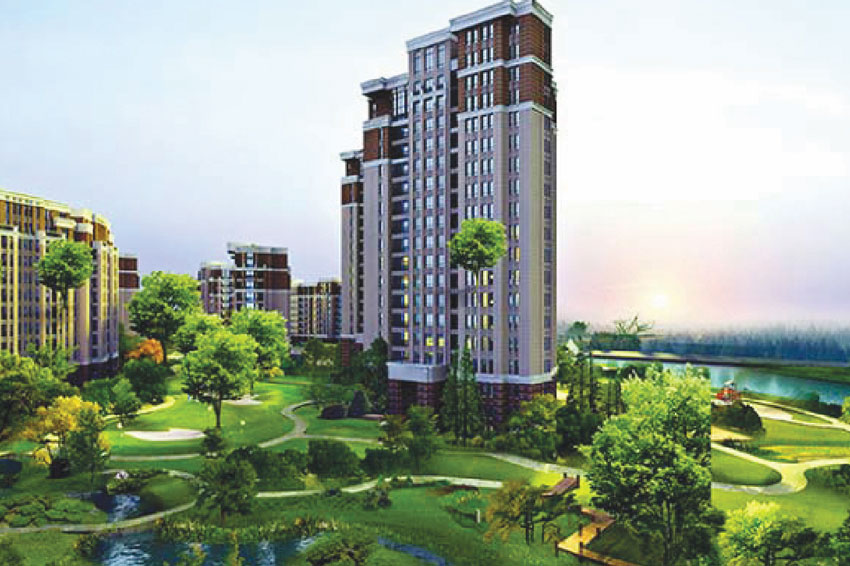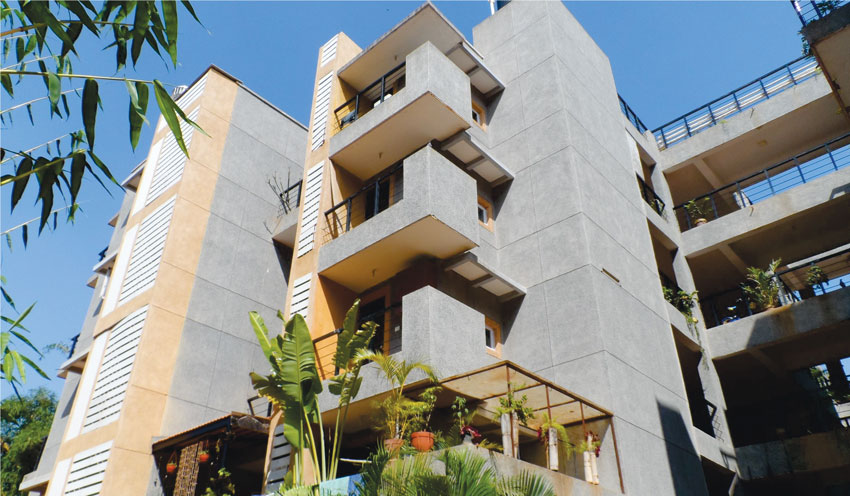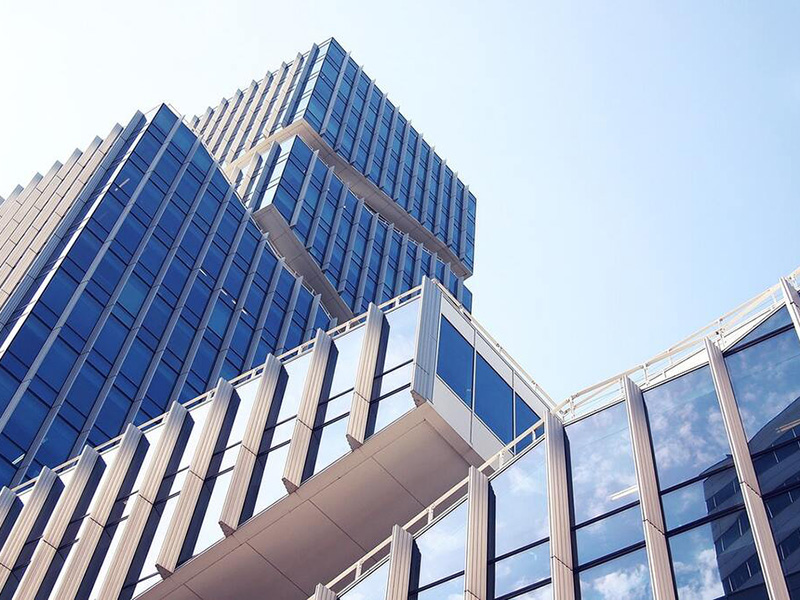
A project's early approach to green can prove major savings in the energy and water areas and attain a premium rating for the project along with cost neutrality
By Ar. Anshul P Gujarathi
The parameters for environment friendly construction practices have always been a part of the byelaws and the literature of construction authorities in our country. International protocols and growing awareness in the global scenario created the need in the Indian markets to get official recognition for going green. The rating tool offered a similar concept which was further associated with project branding and measurement of green status. The globally recognised ratings made their way to India with modification applicable to the regional context.
"Green building (also known as green construction or sustainable building) refers to both a structure and the using of processes that are environmentally responsible and resource-efficient throughout a building's life-cycle: from siting to design, construction, operation, maintenance, renovation, and demolition," as defined in the Wikipedia. Green buildings can also be referred to as structures that ensure efficient use of natural resources in their construction. Use of eco-friendly building materials, savings in water and energy and other resources with minimal generation of non-degradable waste, are key parameters for green buildings. Further to the basic systems in the defined green way, technology support enhances the greenness quotient of the project. Technologies prove very helpful to help measure the actual savings that reflect in the system.
In the past decade, green certifications attained popularity and were widely adopted in the country with the base thought of sustainability. Additional advantages of branding and / or expediting the associated intricate clearance processes or incentives add to this expanding green footprint. Many stakeholders help the building industry embrace sustainability, both practically and theoretically, stressing on the actual implementation of green building practices in construction. Association of Municipal tax rebates or additional FSI schemes have further added to the intent of going green, giving monetary gains to the developer and the end-user either directly or indirectly. The degree of greenness is proportionally linked with the incentives that help in pushing the stakeholders to go with premium ratings. On the other hand, there are few reservations realized with green buildings amongst which the cost factor remains at the top.
Various studies have been performed on the factors that prove responsible for increased costs in Green Buildings when compared to conventional ones. Green certification programs define the certification process with certain parameters and standards that can be linked directly for applicability and cost factors along with their points being achieved for certification. The parameters often considered for study mostly pertain only to that project and prove non-applicable to other projects. This is mainly due to certain limitations including typology, site, design brief, resources, proposed materials, amenities and many in line parameters.
It is generally believed that a premium rated project demonstrates higher increase in cost while projects with lower ratings show lower cost increment. This, however, did not hold good for a few certified residential projects in Pune when their costs with green certification program scores were analyzed. The projects, on the contrary, demonstrated that if design is solar-passive and with eco materials, they prove to give less strain on services and design, and save more energy and resources with enhanced rating. Savings in resources and energy result in direct monetary savings along with the special incentives designed by authorities for projects in certain corporation limits. For most of the green projects, the gap of cost could have been easily bridged and the anticipated additional cost would have been nullified maintaining the same point cadre.
In the past decade, most of the cost-related studies included commercial (office) and institutional buildings on a large scale while fewer studies are available for residential buildings. An attempt was made to study the cost parameters for certified buildings in Pune city wherein a detailed cost analysis was carried out, along with the scorecard comparison for the rating attempted and achieved. First, a detailed study for available rating systems was done and variables were derived from the most preferred rating systems in the region. It was noted that maximum points and weightage lie with the main credits while the supporting credits are designed to some extent to influence the main points adding to the green quotient. Further, a detailed analysis for these parameters was carried out based on their cost impact against each of the criteria. The mandated parameters were negated and only impacts of green certification were noted.

The cost impact was limited to the first costs, the projects were segregated on the basis of their built-up areas, and three set of typologies were derived. As a first observation, it was seen that the projects having green certifications have impacts for cost rise, although this rise is very insignificant. As the area goes on increasing, the difference between green and conventional cost appears to reduce to neutrality. The gap was very less to bridge between the green and conventional costs and could be brought to neutrality with few efficient steps.
Secondly, the top ten activities or parameters responsible for increase in the cost of green projects were identified.
Focus on these ten parameters covered 86% of the cost incremental factors. The factors majorly included the eco- material usage including efficient glass, overall services including water treatment and recycling, and renewable systems. Efficient native landscape adopted by most of the projects appeared in the lower part of the list. These top ten expensive activities of each site were identified and activities were ranked, based on the proportion of sites listing a particular activity to the total number of sites attempting that activity. For example, a solar water heater was provided on nineteen sites out of twenty-two, and for all those sites this activity was identified amongst the top ten expensive activities.
Next was the worst-case identification wherein the project received lower rating with maximum cost implication in comparison to other projects. There was high probability realized for major cost reduction with efficient materials, services and native landscape design in these cases. An early approach to green can prove major savings in the energy and water areas and attain a premium rating for the project along with cost neutrality for the project. An efficient team with like-minded stakeholders ready to explore all aspects in totality will lead the project towards a net zero concept, adding the benefit of lower maintenance costs and first costs.
Green Buildings can be made cost-neutral with the right implementation of strategy at the optimal phase. Maintaining the balance between the cost raise and cost decrease, a neutral approach can be attained, wherein a premium rating at no additional cost can be realized. The benefits on the life cycle performance are the added advantages for the project with long-term savings. Every activity associated with green is for the wider cause of the sustainable parameter and always proves beneficial to every stakeholder, be it directly or indirectly.
A sufficient economic return on energy-efficiency investments is crucial for the sustainable development of the green building industry. The concern for environment and sustainable development has increased recently. These problems force countries to adopt a number of policies that enhance energy efficiency and apply baseline parameters in accordance with international standards. Green building has now become a frontier of sustainable development in this century that takes the responsibility for balancing long-term economic, environmental and social health. It offers an opportunity to create environmentally efficient buildings by using an integrated approach of design.

Ar. (Mrs) Anshul P Gujarathi, founder of her firm Eco Solutions, holds a Bachelors' degree in Architecture from Sir J.J. College of Arch (Mumbai) and Masters in Environmental Architecture & Planning from Pune University. Her major field of study, research and core experience revolves around Green Buildings.















